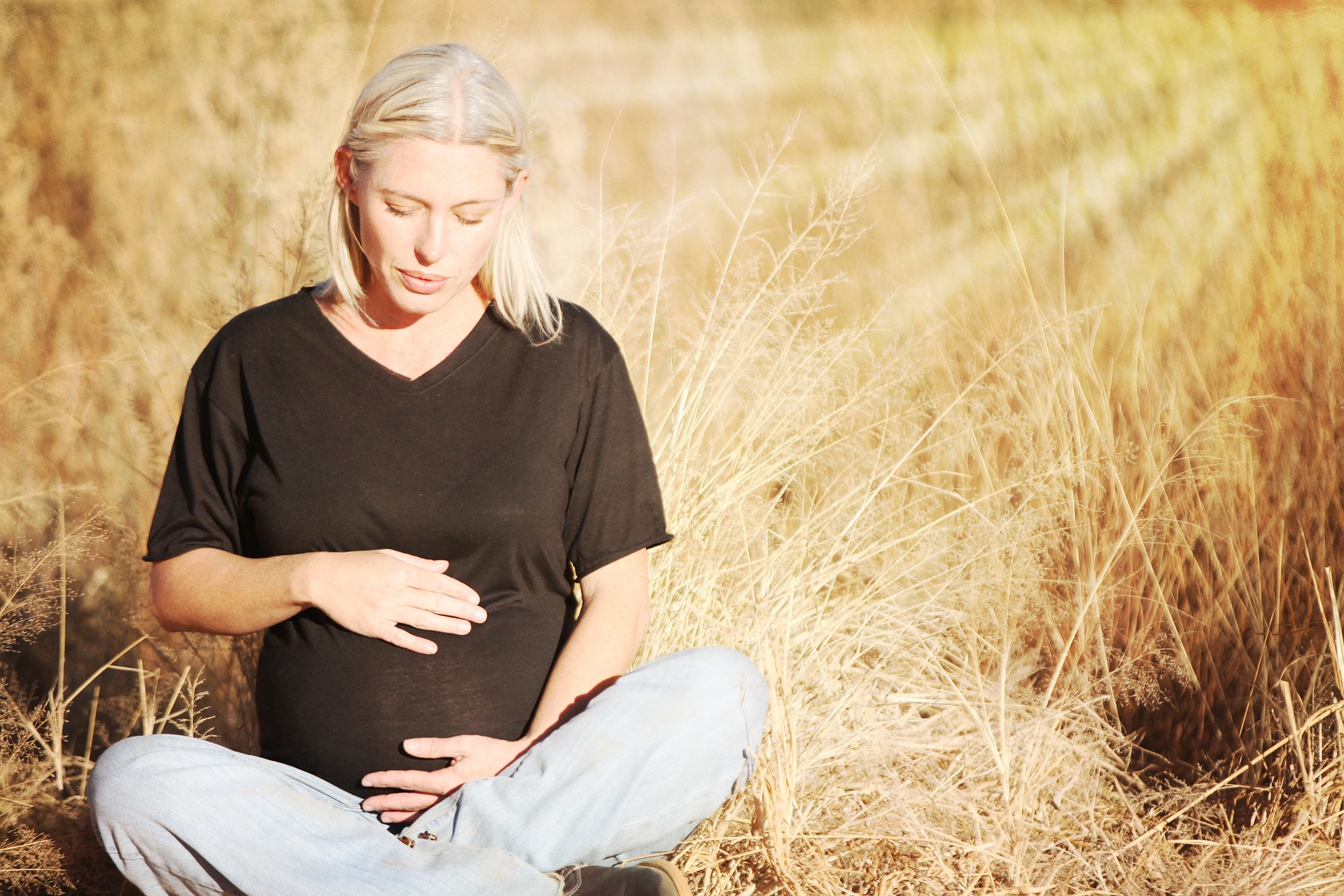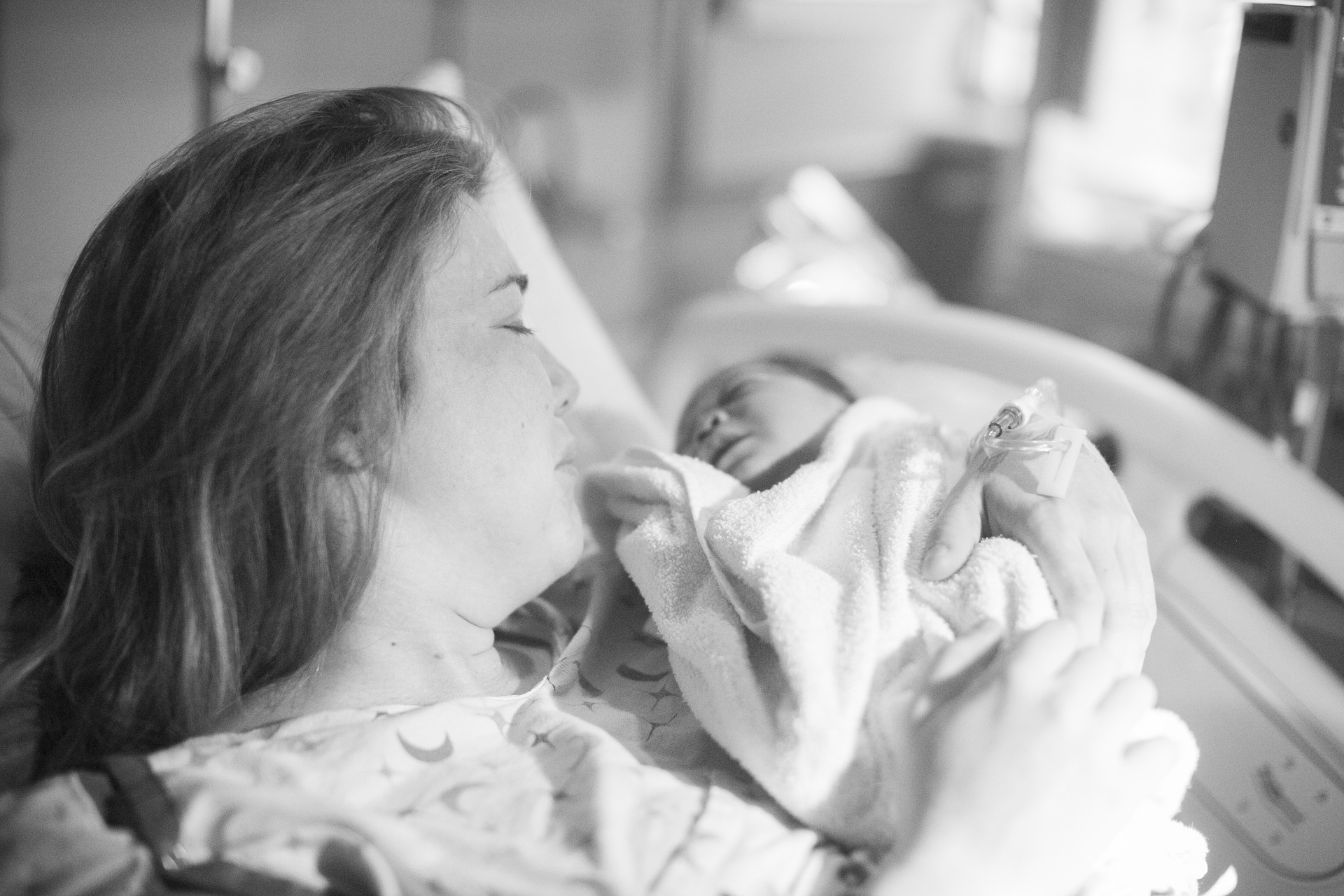Whether you are hoping to conceive or purely wish to learn more about your health, understanding the female reproductive system, as a woman, is a great help. This article will guide you through the various parts that make up the female reproductive system. Not only will you learn about each part and its functions, but you will also become aware of the various diseases that are associated with the female reproductive system.
Female reproductive system
1. The vulva's functions and structures
Situated in a woman's pubic region, the vulva is part of the female external genitalia. It is actually a name for a collection of structures, that work as a team to support both urination and sexual reproduction.
Veneris/mon publis: The veneris or mon pubis covers the female pubic bone, acting in the role of cushion during intercourse. It is formed like a soft small hill made up of fatty tissue.
Labia: The female reproductive system contains two labia: the labia majora and labia minora (major and minor). The minora is contained within the majora which protects it. The function of both labia are to protect the vulva's vestibule.
Clitoris: Made up of clitoral glans, the clitoris contains numerous nerve endings, making it extremely sensitive. The clitoral hood, which can be likened to the male foreskin, covers the clitoris.
Vestibule: The vestibule is home to the vaginal opening and the urinary meatus, which contains the urethral opening.
Introitus: The introitus is the vaginal opening. Mostly this is covered by the hymen, which is a membrane that most females are born with, which ruptures during the woman's first act of sexual intercourse. There are a small number of cases when baby girls are born, who don't have hymens.
Bartholin's glands: The greater vestibular glands, also known as the Bartholin's glands are located on the vaginal opening, at the back.
On the back part of the vaginal opening is the Bartholin´s glands (greater vestibular glands).
Skene's glands: The lesser vestibular glands, also known as the Skene's glands are located on the vaginal opening, at the front.
Both sets of glands are responsible for lubrication and sexual arousal.
related to the functions of sexual arousal and lubrication.
Disease that can occur in the vulva:
Good hygiene practices can help you to avoid having a variety of irritations associated with the vulvic region. Other possible diseases of this area include cancer and infections.

Photo credit: By BruceBlaus. Blausen.com staff (2014). "Medical gallery of Blausen Medical 2014". WikiJournal of Medicine 1 (2). DOI:10.15347/wjm/2014.010. ISSN 2002-4436. - Own work, CC BY 3.0, Link
2. The vagina's functions and structure:
The vagina has a range of functions. This tubular structure connects the woman's vulva to her cervix (the womb's or uterine opening). The vagina travels between the urethra and rectum, going both upwards and backwards. The inner part of the vagina is separated from the woman's rectum by the Douglas' pouch.
In general, when there is no sexual activity taking place, the vagina's anterior and posterior walls are united, and it is in a collapsed state.
The vagina is supplied by lubrication from the Bartholin's glands, vaginal walls, epithelium, cervix and uterus. When arousal occurs the lubrication increases. Additionally, it contains nerve endings which trigger pleasurable sensations when aroused.
The vagina also acts as the canal during menstruation allowing the blood flow, as well as being a canal for childbirth.
Diseases that can present in the vagina:
Microbiota imbalances can cause vaginal diseases. The vagina can also be subject to sexually transmitted diseases. It is quite rare for cancer to start in the vagina. If cancer does present, it most likely will have originally been detected in either the uterus or cervix.
3. Cervix functions and structure:
The cervix is located in the lower part of the uterus, serving as a narrow entrance to the womb. Its internal part is the endocervix and its external part is the ectocervix, which is connected to the uterine cavity by the vagina's lumen.
Its structure and shape can change according to a woman's hormonal state, for example during ovulation the cervix is in a wider state. Childbirth also affects its shape. A number of contraceptive methods involve a woman's cervix.
Diseases that may present in the cervix:
Cancer of the cervix is one of the world's most common cancers that presents in women. Known as cervical cancer, this is often triggered by sexually transmitted diseases.
4. Uterus functions and structure:
Situated in a female's pelvic region, found just behind the woman's bladder, is the uterus, which is the female major reproductive organ. Its structure can be compared to a pear, in terms of its shape and the uterus is divided into the following three parts:
Corpus: the main body
Cervix: lower part and opening
Fundus: the uppermost part
It also has three different tissue layers, going from the inner to the outer part, which are the endometrium, myometrium and perimetrium.
Although the uterus does play a part during sexual response, its main function is as home to a fetus when a woman is pregnant.
Potential diseases that can present in the uterus:
The uterus can present with infections, tumours as well as some congenital malformations
5. Fallopian tubes' functions and structure:
These two fine tubes, called the fallopian tubes, connect a woman's uterus with her ovaries. Near the ovaries is the infundibulum, then the major part of the fallopian tubes is called the ampullary and the lower, narrow part if the isthmus. The tubes' interstitial part go to the uterine intramural.
At the peritoneal cavity is the ostium and where the uterine cavity unites with the tube is known as the uterotubal junction. This has ciliated epithelia, which are responsible for transporting fertilised eggs to the woman's uterine cavity.
Possible diseases that may present in the fallopian tubes:
The fallopian tubes may be subject to inflammations, infections, tumours and congenital malformation.
6. Ovaries' functions and structure:
Baby girls are born with two ovaries, which are the female version of gonads. The ovaries are situated in an area called the ovarian fossa, which is on the uterine lateral walls. Ovaries consist of an internal medulla and cortex, and have an external capsule for protection.
The ovaries play a highly important role when it comes to regulating both fertility and the female menstrual cycle. Not all women have a regular menstrual cycle, which when regular is period of 28 days. When this it the case, the ovaries will produce and release an egg around the 14th day of the woman's menstrual cycle.
The ovaries secrete progesterone, oestrogen and testosterone, which all play a part in controlling a female's sexual maturation, affecting the possiblity of becoming pregnant.
Possible diseases that can present in the ovaries
Ovarian diseases that may present are reproductive system disorders, endocrine diseases and ovarian cancer.

























































































